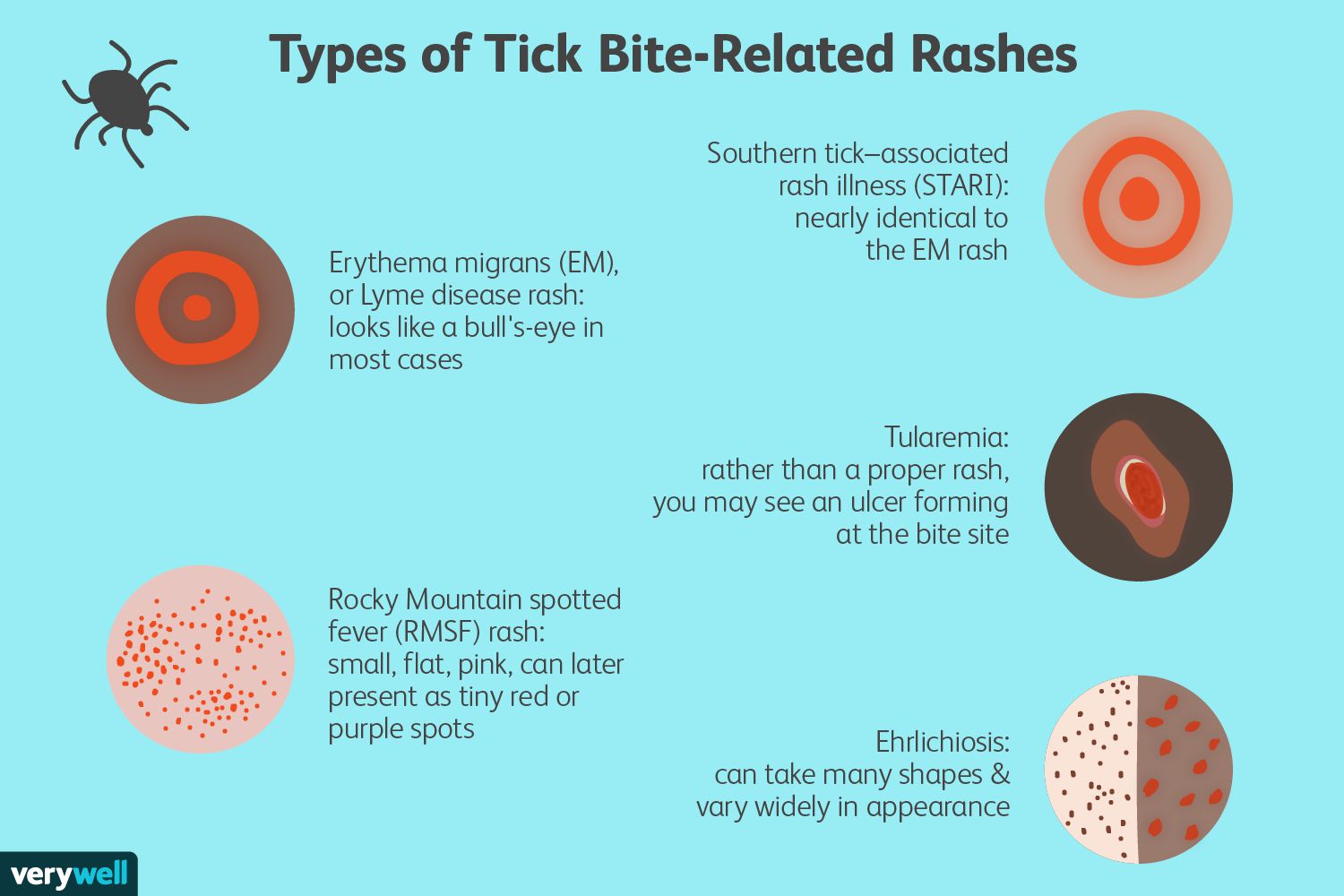
Key facts
- Ticks are parasites that feed on human and animal blood.
- Tick bites are usually harmless, but sometimes they can cause an allergic reaction or serious illness.
- If you aren’t allergic to tick bites, you should kill the tick as soon as possible with an ether-containing product and allow it to drop off by itself.
- You should not squeeze, agitate or forcibly remove the tick.
- If you allergic to tick bites, you should seek medical attention urgently after a tick bite.
What are ticks?
Ticks are parasites that feed on human and animal blood. A tick bite is usually harmless, but sometimes it can cause an allergic reaction or serious illness. If you have a tick bite, it is very important to kill the tick as soon as possible and allow it to drop off by itself. It is important that you do not try to forcibly remove a tick, as trying to do this may cause more allergen-containing saliva to be injected by the tick.
Can ticks cause disease?
Tick bites from Australian ticks can sometimes cause illnesses such as:
- rickettsial diseases including Flinders Island spotted fever
- Queensland tick typhus
- Lyme disease-like conditions, known as Debilitating Symptom Complexes Attributed to Ticks (DSCATT)
Australian ticks are not known to carry borrelia burgdorferi, the bacteria that causes Lyme disease in other parts of the world.
What are the different types of tick bites?
There are over 70 different types of ticks in Australia. They are especially common along the east coast.
In eastern Australia, most tick bites are caused by the paralysis tick Ixodes holocyclus (also sometimes called a grass tick, seed tick or bush tick). Ticks can vary in size from the size of a pinhead to as large as a marble, depending on the stage in their life cycle.
Ticks need blood to grow. They crawl up grass or twigs and drop onto passing animals or humans, attaching themselves to the soft skin to feed. They inject a substance to stop the blood clotting. Their saliva can also be poisonous.
Unlike mosquitoes, who feed immediately, ticks stay attached to their hosts and feed for several days.
Some people are allergic to tick bites. Others, usually children, can develop a condition called tick paralysis. It is also possible for ticks to pass on several illnesses to humans
What are the symptoms of tick bites?
If you have been bitten by a tick, you will usually notice redness and swelling around the bite. This will disappear once the tick falls off.
Symptoms of tick paralysis include:
- lethargy
- loss of appetite
- dilated pupils
- weakness
- poor balance
- slurred speech
Symptoms of an allergic reaction to tick bites include:
- swollen throat
- difficulty breathing
- collapsing
What should I do after a tick bite?
If you have been outdoors and you have an itch, try not to scratch it. Look at the area first. Ticks in the larvae or nymph (early) stages can be very small – they might look like just a black dot.
Unless you are allergic to ticks, there is no need to see a doctor. Kill the tick as safely and quickly as possible, make sure they drop off completely and keep an eye out for symptoms of tick-related illnesses (see below). Don’t scratch or pick at the tick.
If you are allergic to ticks, it is best to have a doctor kill the tick and ensure it drops off entirely. You should go to the nearest emergency department and have your emergency adrenaline autoinjector available in case you need it.
Remember that symptoms of other illnesses caused by the tick can develop or become worse after the tick has been removed.
Should ticks be removed?
You should not squeeze, touch or forcibly remove the tick since this makes it more likely to inject its saliva into you.
Ticks should be killed with an ether-containing spray and allowed to drop off on their own (see below).
Remember: Freeze it, don’t squeeze it.
How do I kill a tick?
If you are not allergic to ticks
If you are not allergic to ticks, you should kill the tick as soon as possible to reduce the chance of developing an allergy.
First, kill the tick by spraying it with a product that contains ether. These are available without a prescription in pharmacies. Hold the ether-containing spray about 1cm above the tick and spray the tick 5 times.
The tick should die and drop off in about 5 minutes. After a few minutes, check to see if the tick is still moving its legs, by using a magnifying glass. If the tick’s legs are not moving it is dead.
If you don’t have a magnifying glass or the tick isn’t dead, spray the tick 5 times again.
If the tick does not drop off, or you can’t freeze the tick, leave the tick in place and seek urgent medical assistance to remove it.
Do not jerk or twist the tick. Don’t use methylated spirits, kerosene, petroleum jelly, nail polish, oil, alcohol or a lighted match. These don’t work and may cause the tick to burrow deeper into your skin.
If you are allergic to ticks
If you are allergic to ticks, follow the advice on your ASCIA allergy action plan.
If it’s your first allergic reaction, go straight to a hospital emergency department.
If you have had allergic reactions before, make sure you talk to your doctor about what to do after a tick bite. Some people may be able to safely kill the tick themselves, while other people who have severe allergies may need to see a doctor every time. Ask your doctor and make sure they record their recommendations on your ASCIA action plan.
Always carry your adrenaline autoinjector with you.
Watch this video from the Australasian Society of Clinical Immunology and Allergy (ASCIA) on how to safely remove a tick.
What is mammalian meat allergy?
Some people develop a serious allergy to meat and products containing gelatine after they have had a tick bite, known as mammalian meat allergy. This will need to be diagnosed by a doctor who specialises in allergies (called an allergist or immunologist).
If you have mammalian meat allergy, you will need to avoid eating any form of meat at all and anything containing gelatine. Consider wearing a medical bracelet, since you might also be allergic to some products used in hospitals.
When should I see my doctor?
See your doctor if you can’t kill a tick properly or part of it is still left in your skin.
You should also see a doctor if you develop signs of an infection, such as:
- increasing pain, swelling and redness
- red streaks leading from the area
- pus
- fever
See your doctor if you have had a tick bite and you experience any of these symptoms for more than a week:
- flu-like symptoms
- a new rash
- pain in your joints
- tiredness
How can I prevent tick bites?
Use these strategies to reduce your chance of tick bites:
- Keep your skin covered in areas where there might be ticks. Wear a long-sleeved shirt, tuck your trousers into your socks and wear a wide-brimmed hat.
- Avoid bush and long grass, especially after rain.
- Use an insect repellent that contains DEET or picaridin.
- Use an insecticide that contains permethrin onto your clothes.
- Brush your clothes and check your skin for ticks when you come inside.
- Place clothes in a hot dryer for 20 minutes to kill ticks.




